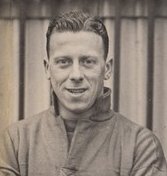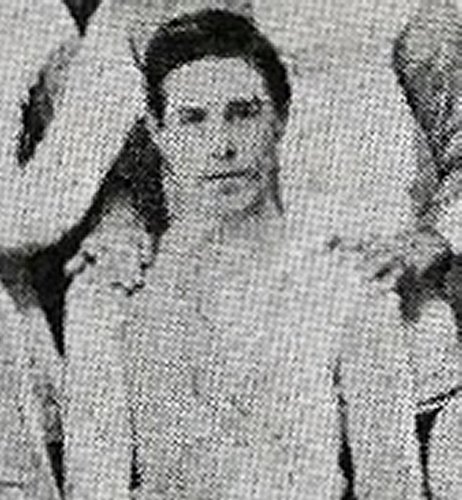Charlie Leyfield – Everton, Wales and England
Charlie Leyfield had a long association with Everton as a player and trainer. He also can claim the unique distinction of being trainer to both the England and Wales national teams. Charlie was born on 30 October 1911, just south of the River Dee in Chester, the eldest of seven children. Attending Handbridge's St Mary's School, he excelled at football — initially as a centre-half and inside-forward but later as a fast, direct winger capable of going down the outside or cutting in. This led to selection for Chester Schoolboys representative team at the age of 13. Promoted to captain…


